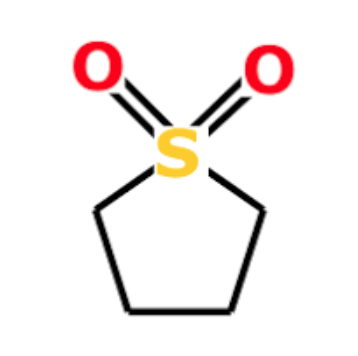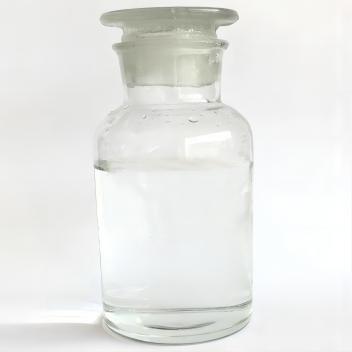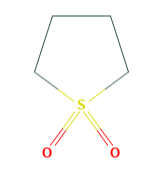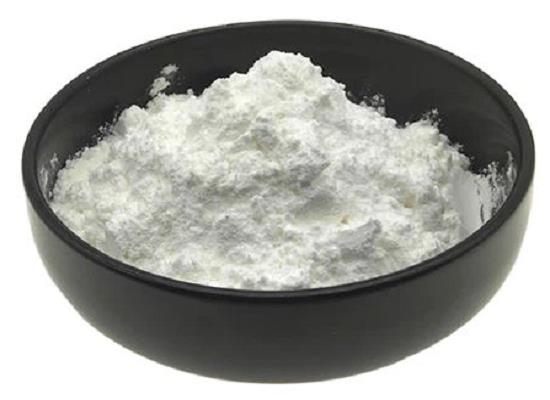Sulfolane: Applications in Analytical Chemistry and its Treatment in Groundwater
General Description
Sulfolane has emerged as an effective stationary phase in gas chromatography, particularly within gas chromatography equipped with flame ionization detection systems, due to its stability and high separation efficiency for various volatile compounds. Demonstrating remarkable performance, sulfolane can handle significant sample loads while maintaining good retention and peak shapes. Its application extends to the analysis of complex mixtures, such as aromatics in gasoline. However, sulfolane poses challenges in groundwater remediation due to its high mobility. Techniques like biosparging and advanced oxidation processes show promise for its degradation, while adsorption methods using granular activated carbon are being explored. Enhanced detection methods are essential for managing sulfolane contamination.
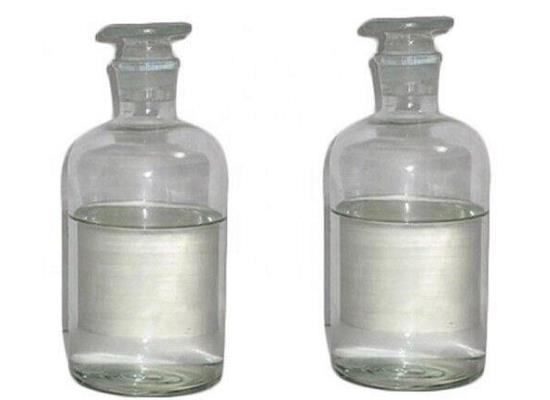
Figure 1. Sulfolane
Applications in Analytical Chemistry
Introduction to Sulfolane in Gas Chromatography
Sulfolane is increasingly being recognized as an effective stationary phase in analytical chemistry, particularly in gas chromatography (GC). This solvent's unique properties facilitate its use in capillary column GC equipped with flame ionization detection (GC-FID), a technique commonly used to analyze volatile compounds. In such setups, stainless steel capillaries have proven to be an ideal substrate for sulfolane, enabling a stable coating that enhances analytical performance. This initial examination reveals that sulfolane maintains stability under elevated carrier gas pressures and high temperatures, supporting its application in a wide range of chemical analyses. The material's resilience and compatibility with stainless steel make it a promising choice for advancing the efficiency and accuracy of GC analyses. 1
Performance and Efficiency of Sulfolane-Based Separations
In practical applications, sulfolane has demonstrated remarkable separation efficiencies. For instance, in a study using a short, 2-meter column with a 100-micrometer inner diameter, a sulfolane coating approximately 4 micrometers thick yielded 4400 theoretical plates for benzene, indicating high efficiency. The sample capacity reached about 30 micrograms, suggesting that sulfolane can handle significant analytical loads without performance degradation. Furthermore, the sulfolane phase consistently produces good retention and peak shapes for a diverse range of analytes, including alkanes, aromatics, alcohols, and even more complex molecules like sulfides and thiols. Its ability to improve selectivity over conventional longer columns particularly in the separation of unsaturated and aromatic compounds, underscores sulfolane's potential to enhance the capabilities of standard GC methods. 1
Applications and Future Prospects
Sulfolane's promising performance in GC-FID systems has paved the way for its application in more specialized scenarios, such as the analysis of aromatics in gasoline headspace. This specific application highlights sulfolane's capacity to offer improved analytical selectivity and sensitivity. Considering these attributes, sulfolane is positioned to become a significant asset in the field of analytical chemistry. Its versatility and efficiency suggest that further exploration into other complex mixtures could be beneficial. The future of sulfolane as a stationary phase looks promising, with potential for broader adoption in analytical practices, providing a reliable alternative for chemists seeking more precise and robust methods of substance separation and identification. 1
Treatment in Groundwater
Biological and Chemical Strategies for Sulfolane Remediation
The treatment of sulfolane in groundwater poses significant challenges due to its high mobility and resistance to biodegradation under anoxic conditions typically found in subsurface environments. Research indicates that sulfolane's degradation can be significantly enhanced in the presence of oxygen, making in situ biosparging and ex situ aerobic biodegradation viable methods for addressing sulfolane contamination. These techniques utilize oxygen to stimulate the biodegradation process, potentially transforming sulfolane into less harmful compounds. Additionally, the application of advanced oxidation processes, which involve reactive species such as sulfate and hydroxyl radicals, presents a promising chemical approach to sulfolane remediation. Although these methods show potential, the effectiveness of both in situ chemical oxidation (ISCO) and ex situ AOPs in fully degrading sulfolane still requires further investigation to establish their efficacy and optimize their application in diverse environmental settings.
Adsorption Techniques and Future Research Directions
Apart from biological and chemical methods, physical treatment processes like adsorption using granular activated carbon (GAC) have been deployed to remove sulfolane from groundwater. This technique capitalizes on the adsorptive properties of GAC to capture and isolate sulfolane molecules, reducing their concentration in contaminated sites. However, the effectiveness of GAC and the search for more efficient adsorbents necessitate further research to understand the mechanisms influencing sulfolane adsorption better. This knowledge is crucial as it will guide the optimization of existing treatments and the development of new technologies. Given the likelihood of stricter regulatory guidelines for sulfolane levels in the future, enhancing analytical methods to detect lower concentrations of sulfolane will also be vital. This dual approach of improving both treatment methodologies and detection techniques will be essential for effectively managing sulfolane contamination in groundwater. 2
References:
[1] ERNEST DARKO K B T. Sulfolane as a novel stationary phase for analytical separations by gas chromatography[J]. Analytica Chimica Acta, 2022, 1189. DOI:10.1016/j.aca.2021.339254.[2] MY DINH A L T P Seyfollah Gilak Hakimabadi. Treatment of sulfolane in groundwater: A critical review[J]. Journal of Environmental Management, 2020, 263. DOI:10.1016/j.jenvman.2020.110385.
You may like
Related articles And Qustion
Lastest Price from Sulfolane manufacturers
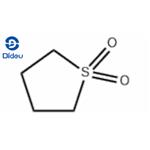
US $0.00-0.00/kg2025-11-24
- CAS:
- 126-33-0
- Min. Order:
- 1kg
- Purity:
- 98%
- Supply Ability:
- 1000kg
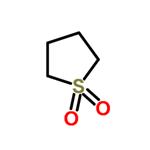
US $50.00-10.00/kg2025-09-02
- CAS:
- 126-33-0
- Min. Order:
- 1kg
- Purity:
- 99%,Electronic grade(Single metal impurity≤ 100ppb) or pharmaceutical grade
- Supply Ability:
- 100kg

